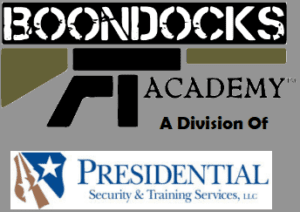Importance of Church Incident Documentation
One aspect of church safety often overlooked is the importance of proper incident documentation. Granted, conversations about paperwork may not be as stimulating as topics such as active shooters, medical crises, choice of radios, or armed vs. unarmed security teams, but the need for proper documentation is extremely important. In this article, we will discuss three classifications of documentation pertinent to church safety operations.
Irregular Activity Form & Log
All church staff and safety team members should be trained to report any and all out-of-the-normal occurrences. Occurrences such as suspicious bags/vehicles/people, vagrants on campus, property damage and vandalism. This should also include equipment issues with medical gear, low batteries or supplies, malfunctioning cameras/radios/phone extensions/etc. Potential safety hazards (loose handrails, dead tree branches, bee/wasp nests, etc.), broken/missing emergency signs should also be documented. Anything “out of the norm”, on the fritz, or safety hazards should get logged on this form. This process requires a simple-entry form which is made available to all safety team and staff members. The form process should be simple, and it should notify key personnel automatically. Digital forms such as Google Forms can automatically populate into a real-time log so that all staff and safety team members can be aware of recent issues. Staff and team members should make it a point to routinely check this log and inform the appropriate personnel.
Incident Report
This form is used (in addition to the Irregular Activity Log) to document all occurrences of actual incidents where an emergency situation actually occurred. Basically this form should be used if a safety team member or staff were involved in conflict resolution, if there was a threat or act of violence, first aid was administered, or emergency services were summoned. Depending on the circumstances, this report may induce calls to the insurance company, preparation of press releases, etc. The Incident Report should be a paper form accessible to staff and safety team members. It should include the filer’s name and contact information, date/time of incident, team members on duty, witness names and phone numbers, location specifics and a detailed description of the incident. These forms are crucial and must be kept on file in case of liability insurance questions, investigations, and lawsuits. These forms should also be reviewed by the church safety team leader as well as the church governing body for incident awareness and to address any needed improvements to facilities, equipment, or policies.
Incident Summary Review
After each incident resulting in the filing of an Incident Report, the safety team leader, governing body designee(s), and church administrator should review the incident report to determine the following:
1) Were church safety/emergency procedures in place for this type of incident? If so, were they followed? If not, task the appropriate person(s) to create policies and procedures for this scenario.
2) Were existing policies and procedures effective at mitigating this incident? If not, what changes need to be made?
3) Were all of the key personnel notified of the incident appropriately? Was the insurance company notified? Do they need to be notified?
4) If a need for modifications to equipment, facilities, or training was revealed, what is the plan (detailed action steps) for getting those modifications done in a timely manner?
Developing these forms and documentation practices is a wise and prudent way to help your church, staff members, and safety team members communicate efficiently, review the effectiveness of your policies and procedures, and reduce liability.
For help creating these forms, start by consulting your church insurance company. Your insurance company may have templates or specific requirements. Of course, Boondocks can provide sample documents and recommendations.

